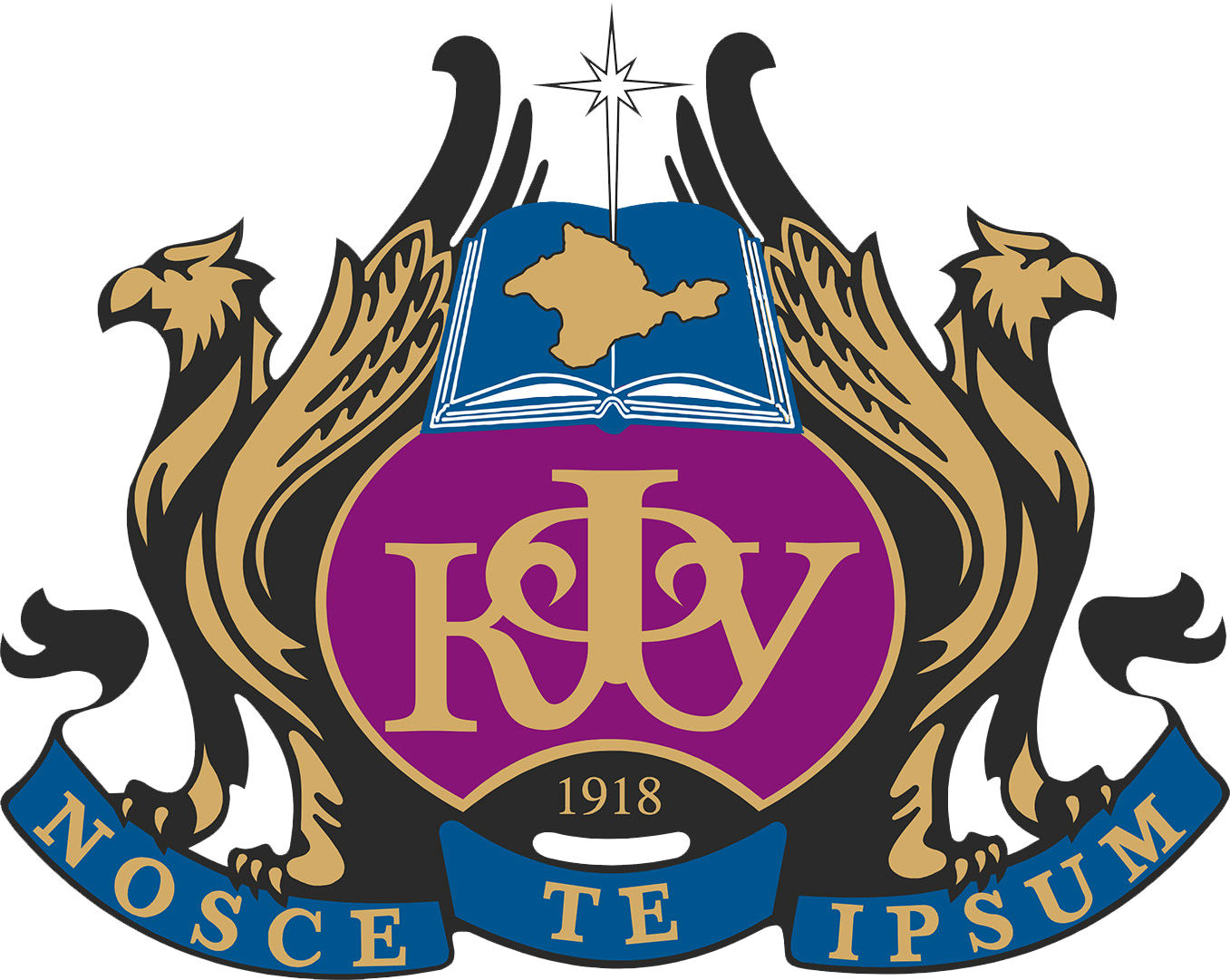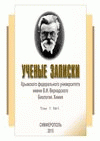Ecballium elaterium (L.) Rich. is a Mediterranean-Eurasian steppe species with a wide geographic area. In Crimea, the area is disjunctive: the foothills, the southern coast and the Kerch Peninsula. It is listed in the Red Book of the Republic of Crimea [23] with a conservation status of 3. E. elaterium is a well-studied species, but there is no data on the population structure, which is a gap in its study as a protected component of the flora of Crimea. The purpose of this study is to establish the number, spatial structure, clarify the morphological criteria of age states, determine the ontogenetic structure of the new population. high numbers (1924 individuals) found in 2020 on the northern coast of the Azov Sea.
Ecballium elaterium, population, ontogenetic spectrum, spatial structure, ontogenetic structure, vitality, Kerch Peninsula.
1. The Convention on Biological Diversity. – URL: https://www.cbd.int (accessed: 12.06.2024).
2. Abbassi F., Ayari B., Mhamdi B. [et al.] Phenolic contents and antimicrobial activity of squirting cucumber (Ecballium elaterium) extracts against food-borne pathogens,
3. Arslan S., Okur M. H., Zeytun H. [et al.] A new experimental rat model of pancreatitis using Ecballium elaterium, International Journal of Surgery, 23, 160 (2015).
4. Karimi N., Bohlooli S., Mazani M. The Evaluation of Cytotoxic Effect of Nanoliposomal Extract of Ecballium Elaterium on Human Gastric Adenocarcinoma (AGS) cell line, Nanomed Res, 1, 9 ( 2016).
5. Christodoulakis N. S., Kollia K., Fasseas C. Leaf structure and histochemistry of Ecballium elaterium (L.) A. Rich. (squirting cucumber) Flora-Morphology, Distribution, Functional Ecology of Plants,
6. Rus L., Ielciu I. I., Păltinean R. Morphological and histo-anatomical study of Bryonia alba L.(Cucurbitaceae), Notulae Botanicae Horti Agrobotanici Cluj-Napoca, 43 (1), 47 (2015).
7. Attard E. Rapid Detection of Cucurbitacins in Tissues and in vitro Cultures of Ecballium, Cucurbit Genet Coop Rep, 25, 71 (2002).
8. Bohlooli S. Jafari N., Jahed S. Cytotoxic effect of freeze-dried extract of Ecballium elaterium fruit on gastric adenocarcinoma (AGS) and esophageal squamous cell carcinoma (KYSE30) cell lines, Gastrointest
9. Ielciu I. I. Bryonia alba L. and Ecballium elaterium (L.) A. Rich. – two related species of the cucurbitaceae family with important pharmaceutical potential, Farmacia, 64 (3), 323 (2016). EDN: https://elibrary.ru/XZEWHN
10. Dubravec K. Anomalna sekundarna graa korijena (trcalice (Ecballium elaterium (L.) A. Rich.), Acta Bot. Croat, 26, 151 (1967).
11. Fahn A. Shimony A. Nectary structure and ultrastructure of unisexual flowers of Ecballium elaterium (L.) A. Rich. (Cucurbitaceae) and their presumptive pollinators, Annals of Botany, 87 (1), 27 (2001). EDN: https://elibrary.ru/IKTYIZ
12. Rust R. W., Vaissiure B. E., Westrich P. Pollinator biodiversity and floral resource use in Ecballium elaterium (Cucurbitaceae), a Mediterranean endemic, Apidologie, 34 (1), 29 (2003).
13. Gerashchenkov G. A., Rozhnova N. A. Mobile genetic elements in the evolution of sex in plants, Genetics, 46 (11), 1445 (2010).
14. Gashkova I. V. Melon collection (Cucumis melo L.): mobilization, study, storage, Problems of studying and preserving the flora of Eurasia, 2, 147 (2017).
15. Inan M., Kirici S. Investigation of some morphological properties of Echallium elaterium L. in the natural habitat and cultivation conditions, Plants of the Balkan Peninsula: into the next Millennium.
16. This volume contains submitted papers presented at the «Second Balkan Botanical Congress».– URL: https://biore.bio.bg.ac.rs/handle/123456789/2288 (accessed: 24.04.2024).
17. PlantNet.– URL: https://identify.plantnet.org/ru/k-worldflora/species/Ecballium%20elaterium%20(L.)%20A.Rich./data (accessed: 27.04.2024).
18. Blagovolin N. S. Geomorphology of the Kerch-Taman region,193 p. (Moscow: Academy of Sciences of the USSR, 1962).
19. Muratov M. V. Guide to educational geological practice in the Crimea, Moscow: Nedra, 1, 192 (1973).
20. Ignatov E. I., Chistov S. V. Ecological and geomorphological assessment of the coast and bottom of the Kerch Strait in connection with solving transport problems, Environmental safety of coastal and shelf
21. Smekalova T. N., Kulikov A. V., Beilin D. V. [et al.] Archaeological-Geophysical sites pamyatnikov in south-eastern parts of Kerch Peninsula, History and archeology of Crimea, 13, 373 (2020).
22. Golubev V. N., Biological flora of Crimea, 86 p. (Yalta: NBS-NSC, 1996).
23. Red book of the Republic of Crimea. Plants, algae, fungi, Rel. ed. d. b. n., Prof. A. V. Ena and Ph.D. A. V. Vateryga, 480 p. (Simferopol: it "Arial "LLC, 2015).
24. The Red Book of the Krasnodar Territory. Plants and mushrooms, Resp. ed. S. A. Litvinskaya. – 3rd ed, 850 p. (Krasnodar, 2017).
25. The Red Book of Ukraine. Flora, Ed. Ya. P. Didukh, 900 p. (K.: GlobalConsulting, 2009).
26. Rabotnov T. A., Life cycle of perennial herbaceous plants in meadow cenoses, Proceedings of the BIN an USSR. – Ser. 3, Geobotany, 6, 7 (Moscow: USSR Academy of Sciences, 1950).
27. Zlobin Yu. A., Sklyar V. G., Klimenko A. A., Populations of rare plant species: theoretical foundations and methods of study: monograph. 439 p. (Sumy: University book, 2013).
28. Uranov A. A. Age spectrum of phytocenopopulations as a function of time and energy wave processes, Scientific Reports of the Higher School. Biological Sciences, 2, 7 (1975).
29. Zhukova L. A. Dynamics of coenopopulations of field plants in natural communities. In: T. I. Serebriakova (ed.). Dynamics of coenopopulations, 9 (Nauka, Moskow, 1987).
30. Glotov N. V. On the assessment of the parameters of the age structure of the plant population, Life of populations in a heterogeneous environment, 1, 146 (1998).
31. Zhivotovsky L. A., Ontogenetic States, effective density and classification of plant populations, Ecology, 1, 3 (2001).
32. Kharitonov S. P., The "nearest neighbor" Method for mathematical evaluation of the distribution of biological objects on a plane and on a line, Bulletin of the Nizhny Novgorod University.
33. Odum Yu., Ecology, 1, 328 p. (M.: Mir Publishing House, 1986).
34. Zhivotovsky L. A., Osmanova G. O. Population biogeography of plants, 128 p. (Yoshkar-Ola: Vertical LLC., 2019). EDN: https://elibrary.ru/WCNJHR
35. Chen Y., Wu Q, Zhang Z. [et al.] Preparation of cucurmin- loaded liposomes and evaluation of their skin permeation and pharmacodynamics, Molecules, 17 (5), 5972 (2012).
36. Denisova G. A. The pumpkin family (Cucurbitaceae) (ed. by A.L. Takhtajyan), Plant life, 5 (2), 53 (1981).
37. Alabama Plant Atlas, 2021.– URL: https://web.archive.org/web/20220519092034/http://floraofalabama.org/ (accessed:: 24.04.2024).
38. Alekhine A. A. Types and varieties of seeds. Cucurbitaceae in the Botanical Garden of Kharkov University, The editorial board, 88, 37 (2001).
39. European Regional Development Fund (ERDF) in Malta.– URL: https://pact-for-skills.ec.europa.eu/stakeholders-and-business/funding-opportunities/european-regional-development-fund-erdf-malta_en
40. Keener B. R., Diamond. A. R, Davenport L. J. [et al.]. Alabama Plant Atlas, 274 p. (Alabama : University of West Alabama, 2021).
41. Yurtsev B. A. Life forms: one of the nodal objects of botany, Problems of ecological morphology of plants. M.: Nauka, 1, 9 (1976).
42. Notov A. A., Zhukova L. A. On the role of the population-ontogenetic approach in the development of modern biology and ecology, Bulletin of Tver State University. Series: Biology and Ecology, 32, 293





